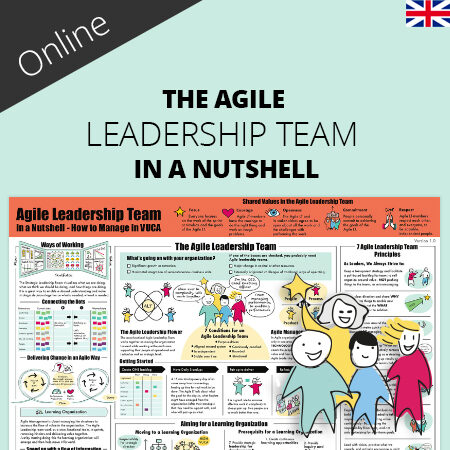Agile Product Management
Why do we need Agile Product Management you might think? The main reason is to ensure we are building the right thing. Having both customer focus, and understanding what the priorities are for the business is crucial for most product organizations to survive in a highly competitive market.
When delivering software, digital services, and products in traditional ways we often end up acting on every idea and need we can think of beforehand, without actually knowing if the needs are real and if the solutions would actually help the customer to solve a real problem.

Only half of what we build is being used!
Research shows that most digital solutions are poorly prioritized, where only 20% of the features are being used always or often and 16% sometimes, the rest is just clogging the user interface making it difficult to use, and the user experience terribly ineffective. On top of that, it costs a lot of money not just to build, but also to maintain that 100%. What if we could instead deliver only those 20% or 36%, and in the right order pleasing our users and giving us feedback on how it is being used? This is what good product management is about.

As seen in the graph above more features increase the complexity of the service both for the user, as the interface gets cluttered and it decreases the usability, but also for the developers who are maintaining and developing it. The cost increases for development and design, as well as for maintenance.
This is something we often refer to as technical debt but it is also usability debt and it is one of the great reasons many want to start working Agile – to build the right things that help the users become happy with the product or service we deliver.
When working Agile we deliver value continuously, incrementally, and iteratively. This enables us to early on get feedback on both if we are solving the right problem and if we are solving it in the right way. To be able to do so the product management work needs to be done in an Agile way to be able to re-plan based on new learnings and always work on what is most valuable for the customer- because that is our business.

Making quick decisions and delivering high quality
Cross-functional Agile teams should have the competencies to both understand and deliver solutions that are truly valuable for the customer, for the business and that are feasible. Sometimes feasible might mean that you create a simple prototype that you then throw away and re-do after learnings, and other times feasible might mean scalable, sustainable and safe. An Agile Product team that has these competencies and the mandate to make decisions, can discover what is truly valuable, not delivering only on what users ask for. By making quick decisions, the team can keep a fast pace while still maintaining high quality. The Product Owner is needed in the team to work together in a shared process to discover what to deliver to make tactical decisions along the way to meet strategic goals.

———————
Did you like this post? Read more on Product Management and Product Development
>> Product-Led Organization: What it is and Why it Matters to You
>> Strengthening your product strategy 1: assess
>> Strengthening your product strategy 2: action
>> The Product Organizational Design Patterns in a Nutshell
>> The Innovation Map – Go from a Snail to a Shark – Free Download
>> Agile User Experience in Nutshell- with a Dash of Lean UX – Free Poster
———————
Follow us on LinkedIn for our updates >
———————



